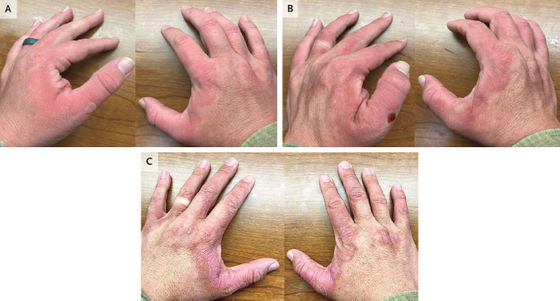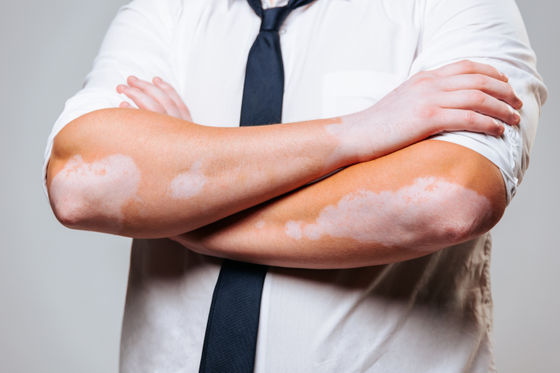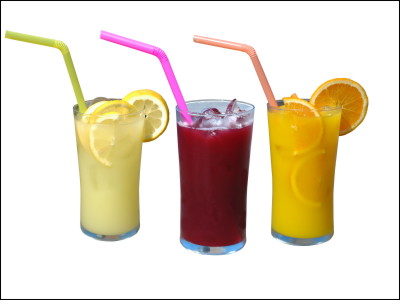Case of man who suffered severe burns on both hands after hand-squeezing limes and going outside

A case of '
Phytophotodermatitis | New England Journal of Medicine
https://www.nejm.org/doi/full/10.1056/NEJMicm2410140
Man suffers chemical burn that lasted months after squeezing limes - Ars Technica
https://arstechnica.com/health/2024/11/man-suffers-chemical-burn-that-lasted-months-after-squeezing-limes/
The medical journal The New England Journal of Medicine published a case report on November 27, 2024, in which a 40-year-old man suffered from phytophotodermatitis as an example of an often overlooked risk when preparing food.
The man had been suffering from a severe burning rash since visiting an allergy clinic in Texas two days ago, which after a few days turned into blisters and over the course of several weeks developed into dark spots and scaling of the skin.
It took several months for the skin on the man's hands to finally return to normal.

According to the case report, the man had hand-squeezed more than a dozen limes to make juice just before the rash developed and then gone outside to play soccer without applying sunscreen.
Based on this, the doctor diagnosed the man's condition as a classic case of 'phytophotodermatitis,' a skin condition that is caused by a reaction between toxic substances contained in plants and ultraviolet light, resulting in a burning sensation, blisters, scales, and pigmentation.
The culprit is an organic compound called

Not all furocoumarins are harmful, but if phototoxic ones enter skin cells and are exposed to ultraviolet light, they can crosslink with
Phytophotodermatitis caused by lime is known as an occupational hazard among outdoor bartenders, where it is called 'margarita burn.' The history of records of this condition goes back a long way, and in ancient Egypt, people with vitiligo were treated by applying juice from the parsley plant, Acanthus vitiligo, to their skin and then sunbathing.
This method utilizes the action of psoralen derivatives such as furocoumarins and methoxsalen contained in the poison ivy. Modern-day PUVA therapy, which uses drugs containing psoralens and ultraviolet light exposure, is sometimes used to treat vitiligo, but it is said to have been a risky treatment for the ancient Egyptians because the effects of psoralens and strong sunlight can cause phytophotodermatitis.

The man in this case report was treated with topical steroid creams and lotions to reduce inflammation, but as mentioned above, it took several months for him to make a full recovery.
A Bar Above , a website for bartenders and cocktail lovers, said, 'If you don't need to squeeze the limes on the spot, consider making a batch indoors before serving outdoors. And once you're done with the limes, wash your hands and anything that may have come into contact with lime juice. Even a splash of juice on your arm can cause some very nasty burns.'
Related Posts:







